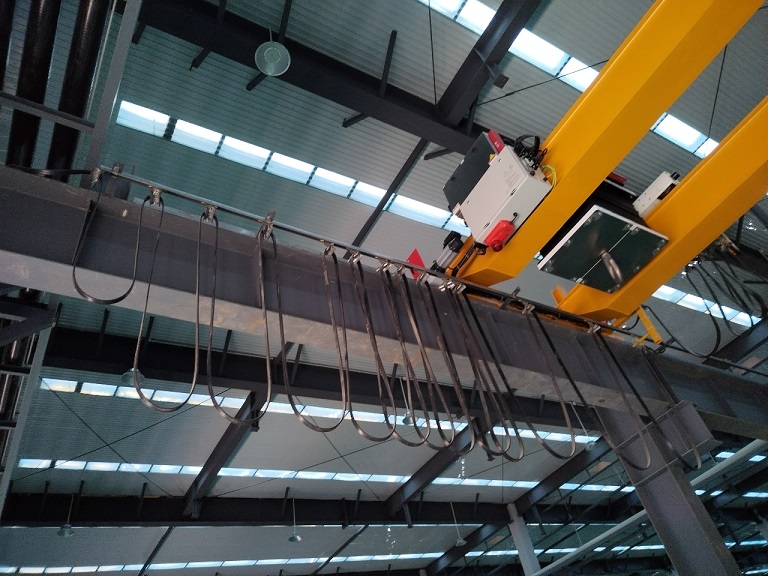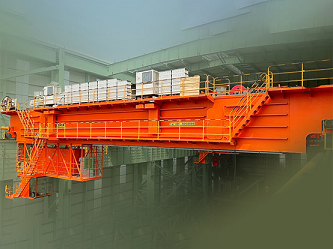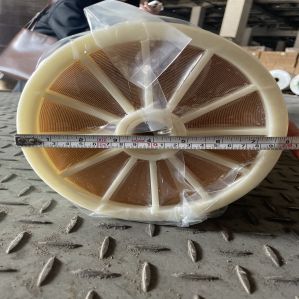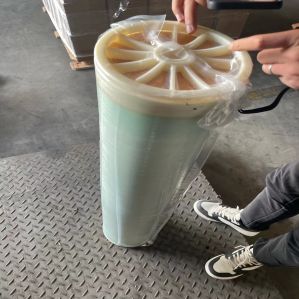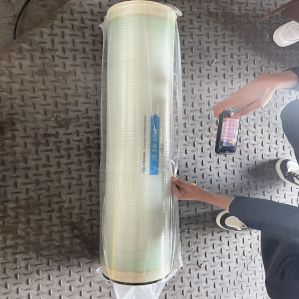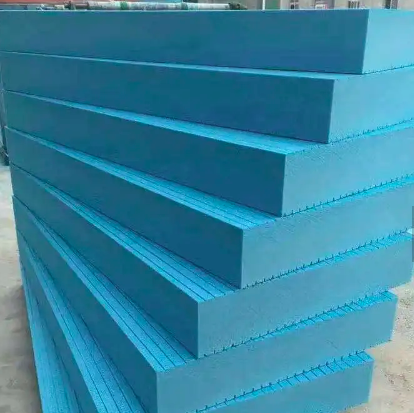Since ordinary electric hoists produce a large amount of fine particles during operation, they cannot meet the cleanliness requirements of special workshops in high-precision electronics, food, aviation and other industries. Therefore, Dingya Crane has been actively conducting research and development of safe, clean, compact, reliable and efficient material handling solutions. After years of efforts and experiments, Dingya Crane has developed a series of products suitable for clean space environments. The crane can be used in various clean workshop environments such as biotechnology, medical equipment, pharmaceutical production, food production, and semiconductor manufacturing. Our cranes, with lifting capacities ranging from 50 kilograms to 50 tons, can be used in environments with a cleanliness level of 1000, including different structural forms such as wire rope hoists, chain hoists, and belt hoists. For different industries and cleanliness requirements, Dingya Crane can provide you with the best handling solutions with its R&D strength and rich industry experience. Based on the growing demand from customers around the world for safe and clean lifting equipment. Dingya Crane has specially developed overall solutions for clean rooms. Our vision is to become a pioneer and expert in the clean room hoisting industry, leading the application and transformation of new technologies in the field of clean hoisting.
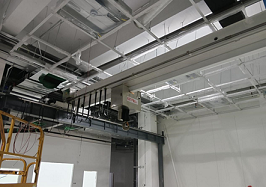
1. Safe and reliable High-quality.
High-quality components are the basis of excellent quality. Clean cranes have much higher requirements for component selection than other crane products, from hoisting motors to reducers, from reels to wire ropes, from safe and reliable electrical components to structural components that strive for excellence. , Dingya takes every component seriously, because only the components with good performance and quality can ensure the performance and quality of the entire machine.
2. Compact structure.
Based on its own design concept ,Dingya clean crane is lightweight, modular and compact in structure, providing customers with better material handling solutions. Based on the unique structural characteristics of the clean room, the trolley can lift loads of the same height from various directions. Provide the most ideal workspace for crane operators, allowing the crane to lift and transport goods to any corner of the clean workshop.
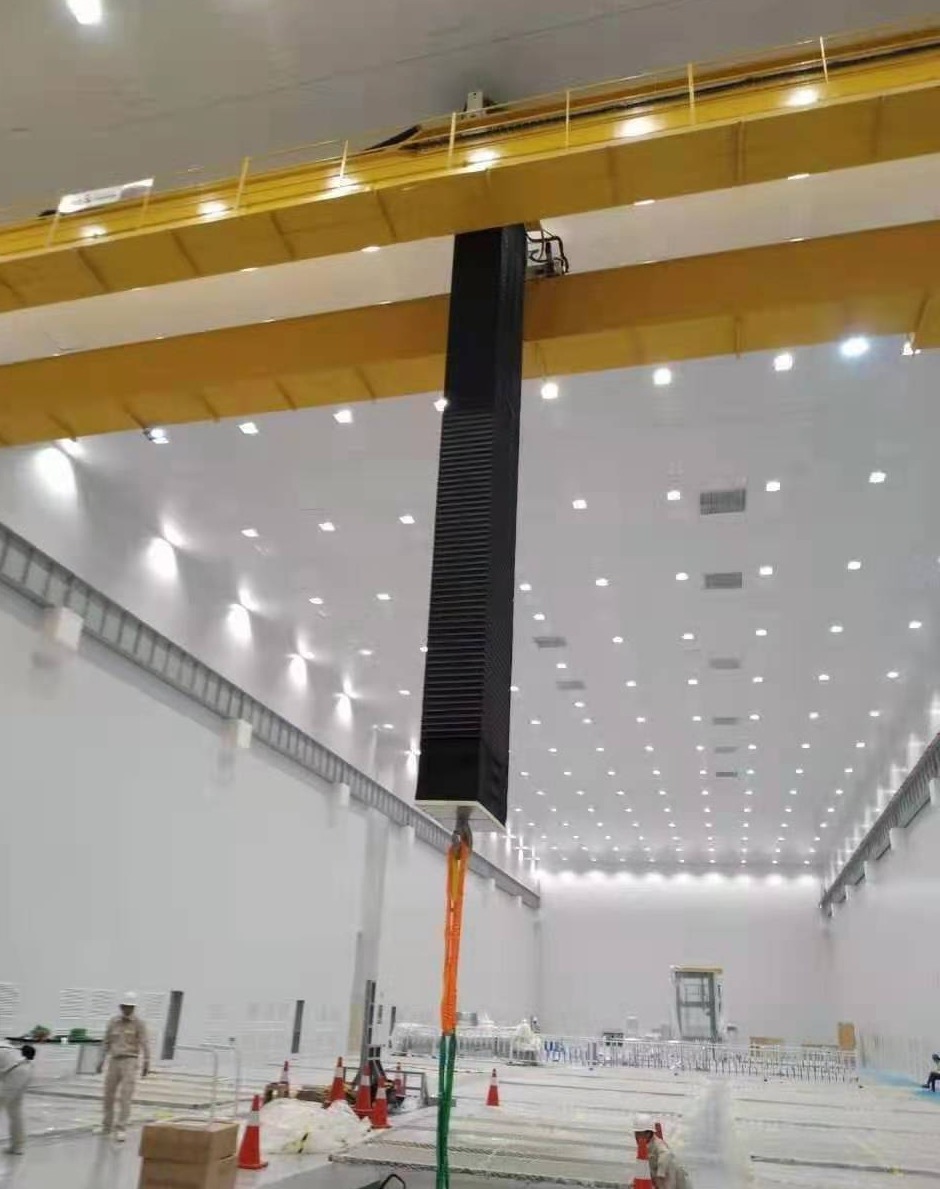
3. Precise positioning .
Smooth and precise operation ensures that components avoid vibrations and fluctuations of themselves or the environment. Exquisite drive technology ensures comprehensive control of component lifting. Extremely low torque design and high-strength structure ensure the consistent excellent performance of our equipment.
4. Clean and environmentally friendly .
Dingya Crane meets the strict requirements of dust-free space. On the one hand, it selects parts that are less likely to produce particles. On the other hand, it conducts a closed design on the moving parts that may produce tiny particles to prevent particles from leaking out and contaminating other workpieces or products in the workshop. At the same time, components that require lubrication such as bearings and drums are sealed and maintenance-free, and leak-proof measures are adopted to ensure no oil dripping. In addition, the high-performance driving equipment brings a super-quiet operating experience, making the operating environment more comfortable, and embodies the people-oriented design concept.
